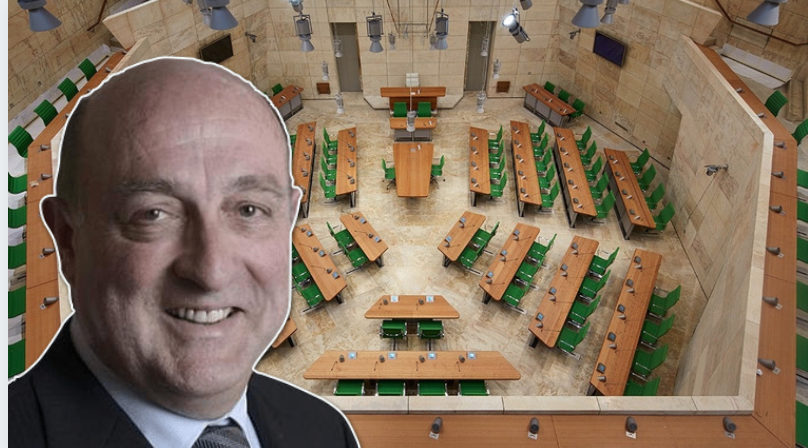Ministers’ Names And Photos Should Not Appear On Taxpayer-Funded Ads, Commissioner Says In Draft Guidelines

Advertising for government and public entities should not include the names or photos of ministers, according to draft guidelines published today by the Office of the Standards Commissioner.
“The guidelines are intended to ensure that ministers do not spend public funds on personal or political publicity,” the Office of George Hyzler said in a press statement.
The draft guidelines were published following several controversies including a €7,000 campaign by OPM Minister Carmelo Abela which was found to have been unjustified and only intended to boost his personal image ahead of a Cabinet reshuffle.
Abela had justified his actions by saying there were no guidelines on advertising.
According to the draft guidelines which have been released for consultation, taxpayer-funded campaigns should not include partisan content and should be factually correct.
Publications that are not advertorial can include content referring to a minister as long as this is limited and contributes to the legitimate aims of the document. In addition, publications that are sponsored by government should indicate this fact for transparency purposes.
The guidelines also urged ministers to use fair and objective criteria when direct public funding to advertising.
Anything that does not fall specifically within the guidelines will continue to be regulated by the Code of Ethics of ministers.
The Commissioner invited political parties, government and the general public to send in any feedback by July 23rd, following which the guidelines will be revised. Contributions can be sent to: [email protected]
“The document recognises that the government has a duty to communicate with the public and has wide discretion as to when to communicate via adverts or promotional material for legitimate purposes. However, there is a line that should not be crossed and these guidelines are intended to define where this line lies,” the Standards Commissioner said.
What do you think of the guidelines?